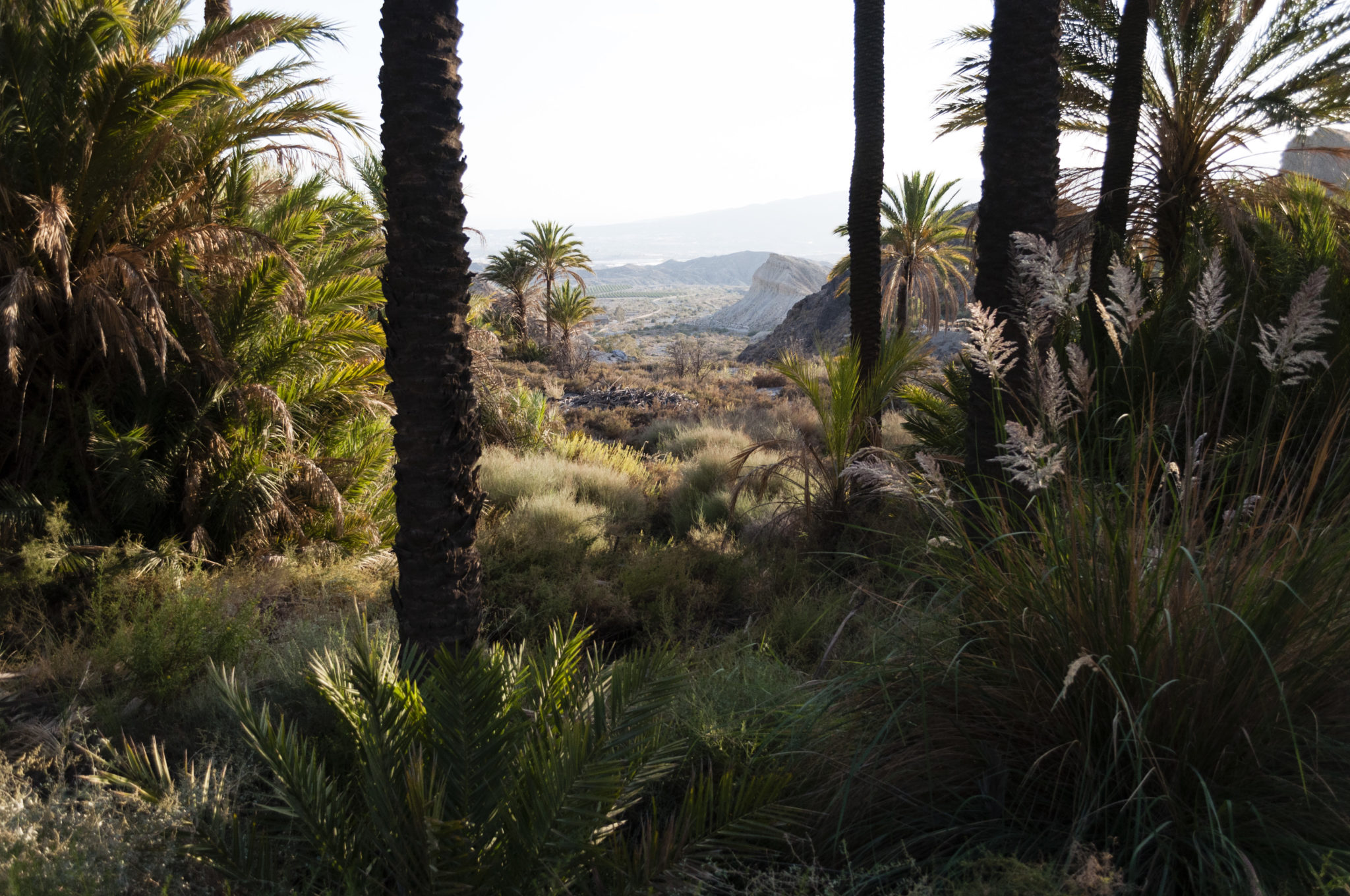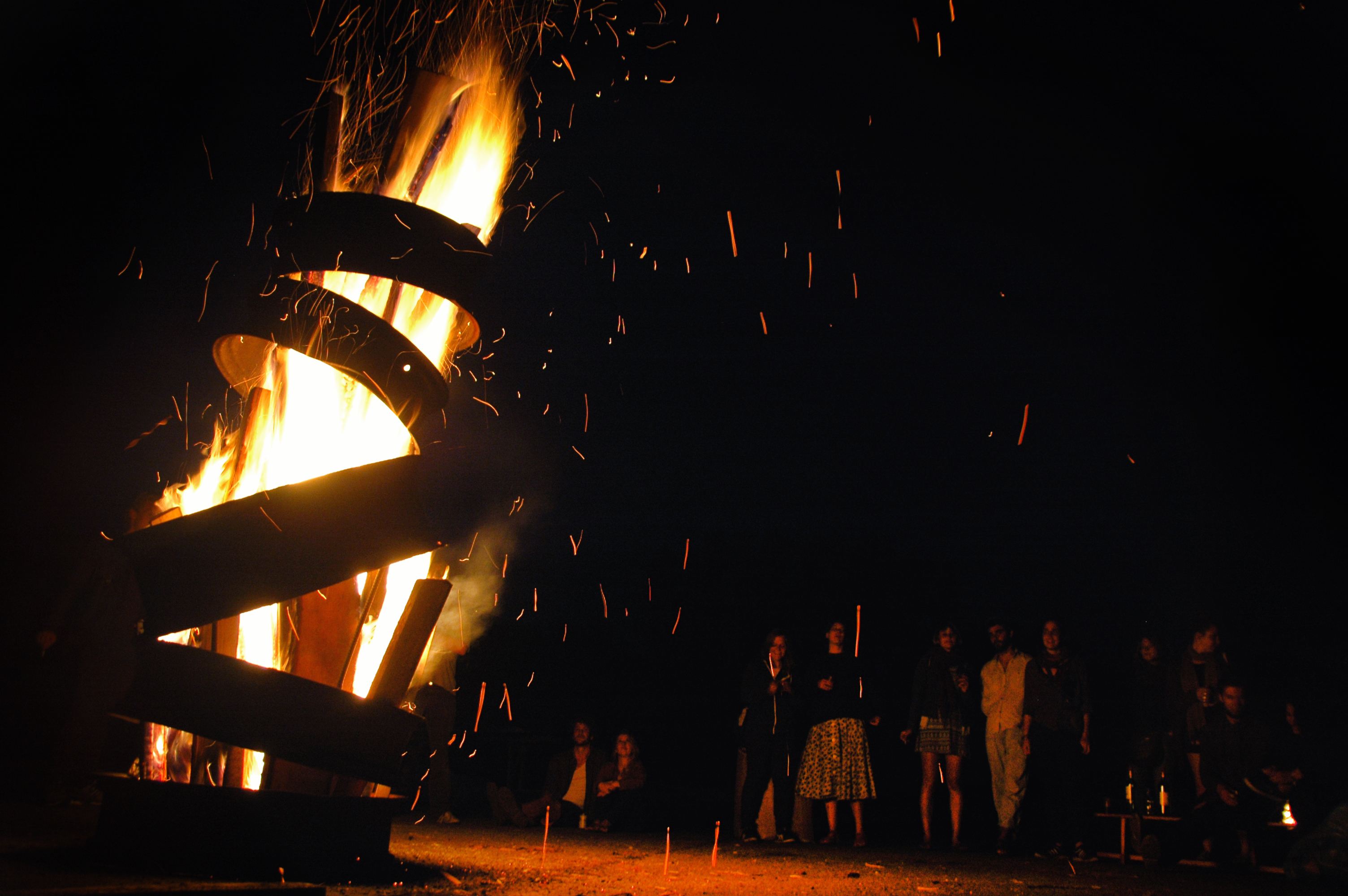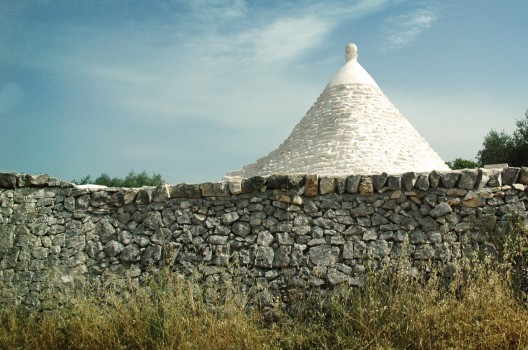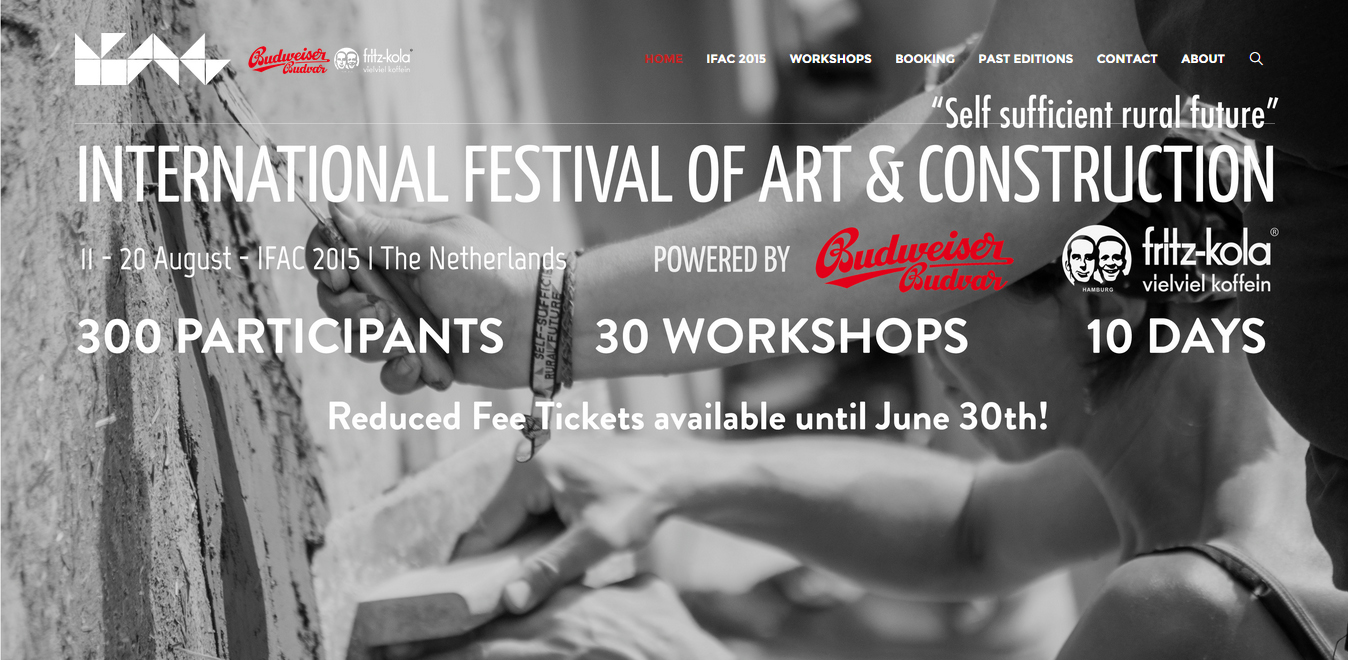Art & Architecture: Marcin Sacha / interview
The present art world is influenced by continued image-bombing. Where we, as mere spectators, are immersed. Anytime we go through the media searching for what is new or what has been done inside art, we realise that there are more and more flanks, fields and levels where art is continually developing itself. Away from the closed circles of the art market system, the number of amateur artists that rise and take a spot in our visual culture increases every day.
Some of these artists are here just to reconsider the relationship between humanity and the world, emphasizing on the defamiliarization we daily go through with daily realities. These seem to evolve faster than our reasoning or our perception. From this point, Marcin Sacha, an amateur photographer from Tarnow, Poland, shows in his work as a strange world full of this black spots, or ‘gaps’, in the understanding process. Educated as a geophysicist, he turned to Photography in order to show us a world that can be both scarily dangerous and transcendentally beautiful. The process he goes through is to interact with defamiliarized architecture and materials – which he also uses to create graphic effects and illusions of space allow a whole picture to turn into a view of fantasy.
Marcin Sacha’s name might not ring a bell yet, but his breath-taking landscape photographs and his graphic creations are lately taking attention within the Internet web.
Personally, when in front of any picture of Marcin Sacha I feel caught by a sense of nostalgia – nostalgia for to return as the prodigal son; nostalgia for the return to this place we once called ‘ours’ and now it is nothing more than a stage in ruins.
He has taken part in both online and physical exhibitions. Here, he has been awarded several times with gold medals and honour mentions. However, his photographic style has not been consistent during the length of his career. Starting as a landscape photographer, he ended up close to graphic design, always following his theme of ‘creating the space’.
I see no better way to appraise his work than by making this short interview about his career.











